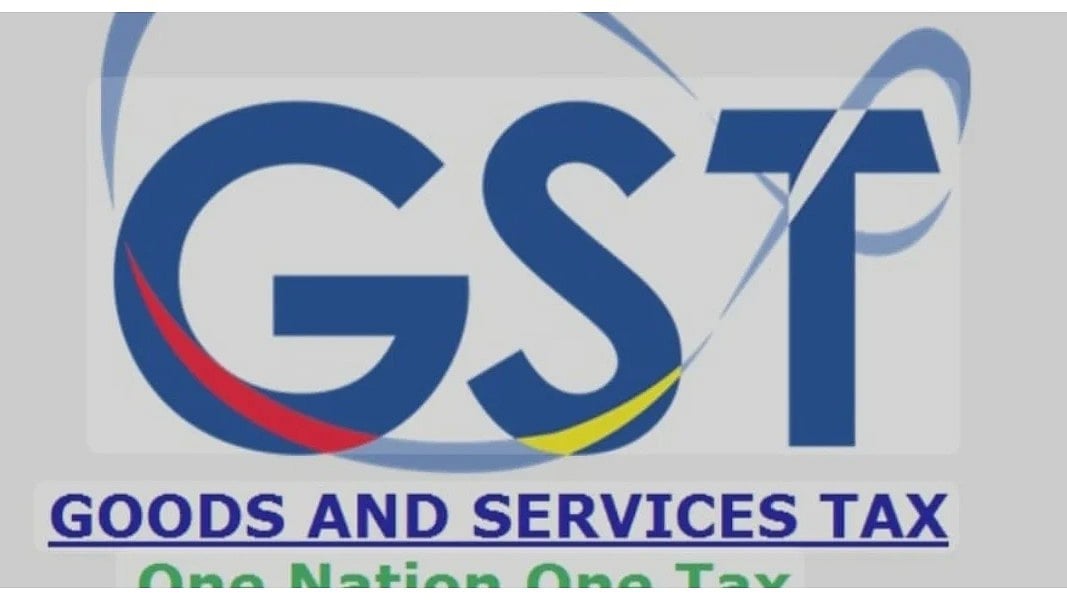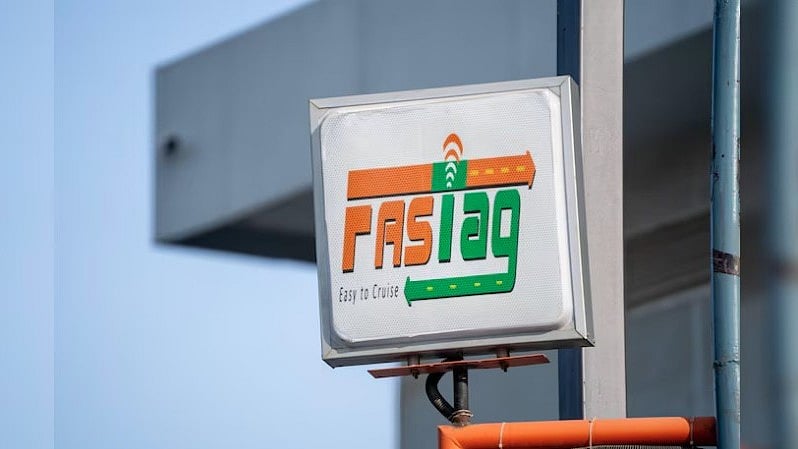Mumbai: Tax payers in India till 2020-2021 had only one tax regime to follow. But in Budget 2020, a new system that allowed individuals and HUF taxpayers to pay income tax at reduced rates was introduced. Beginning in FY 2020–21 (AY 2021–22), the new tax regime system came into effect.
The old tax system was the default until FY 2022–2023, at which point taxpayers had to choose between old tax system and new tax system.
On the other hand, Budget 2023 changed the tax laws and made the new tax system the default starting in FY 2023–2024.
Process to opt for new tax regime
The New Tax Regime declaration is on Form 10IE, which is submitted by return filers. If an individual or HUF wants to pay income tax under the new tax regime and has business or professional income, they must file Form 10IE. They can notify the income tax department by sending this form in.
However, taxpayers who do not receive income from a business or profession do not need to file Form 10IE; instead, they can simply select the new regime in the ITR form.
Put simply, Form 10IE submission is required only for individuals who file ITR-3 and ITR-4. It is not necessary for those who file their returns using Forms ITR-1 or 2 to submit Form 10IE.
Individuals with business income
Those without a source of income from a business or occupation are more adaptable. From Assessment Year 2023–24 (financial year 2022–23), they will automatically be subject to the new tax regime; however, they have the option to choose the previous regime when submitting their Income Tax Return (ITR).
The majority of ITR forms, such as ITR-1 (SAHAJ) and ITR-4 (SUGAM), have an integrated choice for choosing the preferred regime. The "New Tax Regime" declaration is on Form 10IE, which is submitted by return filers. To pay income tax under the new tax regime, individuals or HUFs with business or professional income must submit Form 10IE.
Salaried individuals (can change yearly)
For salaried taxpayers, the new tax regime is now the default. This implies that unless you voluntarily choose to opt out of the new regime and choose the old regime, you will be subject to taxation under the new tax system, which has reduced tax rates but no deductions for typical costs such as health insurance, house rent allowance (HRA), etc.
You can switch every year if calculations indicate that the previous system, with its deductions, is more advantageous for your tax situation. You must file Form 10-IEA by the deadline for filing your ITR (usually July 31) in order to make this change.










